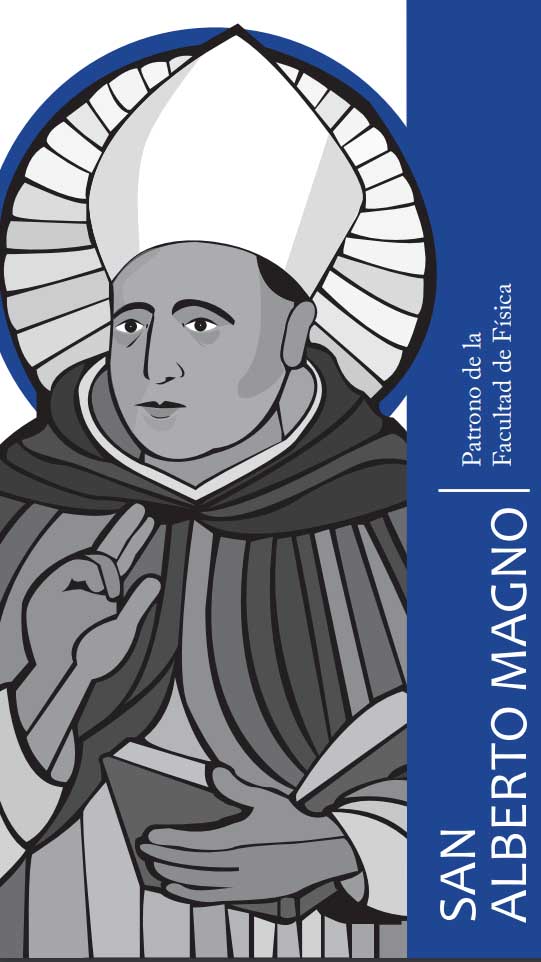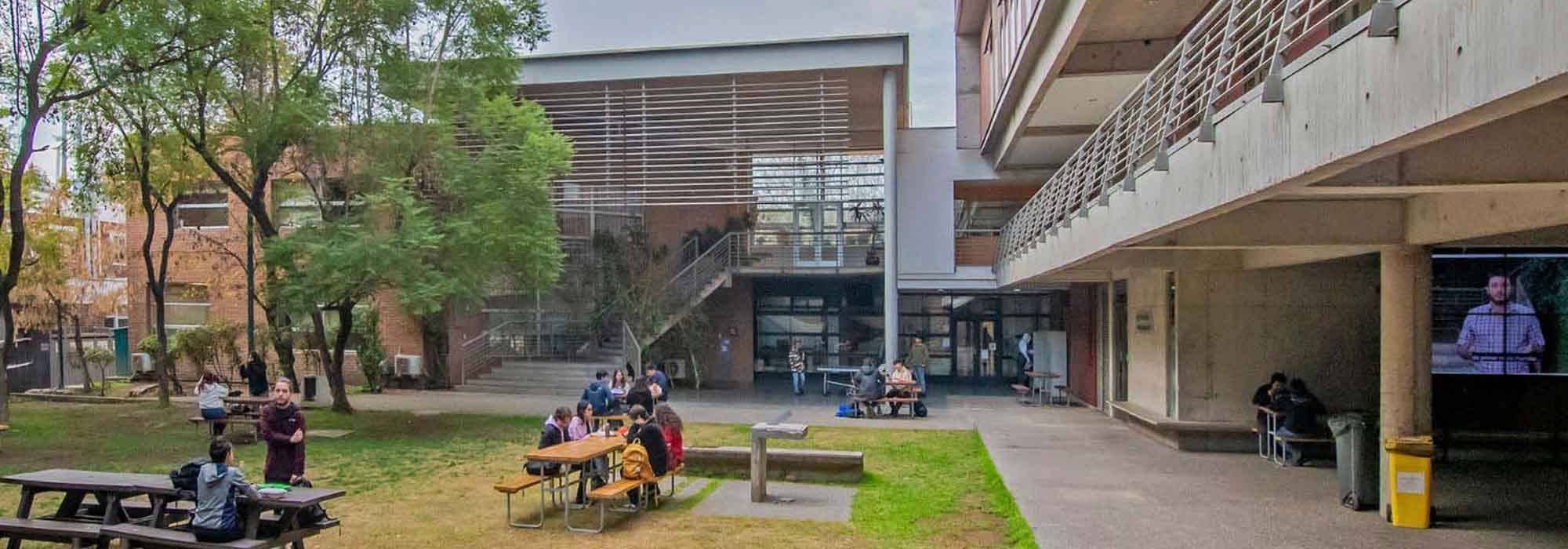

The UC Faculty of Physics is composed of the Institute of Physics (IF) and the Institute of Astrophysics (IA). It is also part of the UC Center for Astro-Engineering (AIUC) and hosts the Research Center for Nanotechnology and Advanced Materials, CIEN-UC.
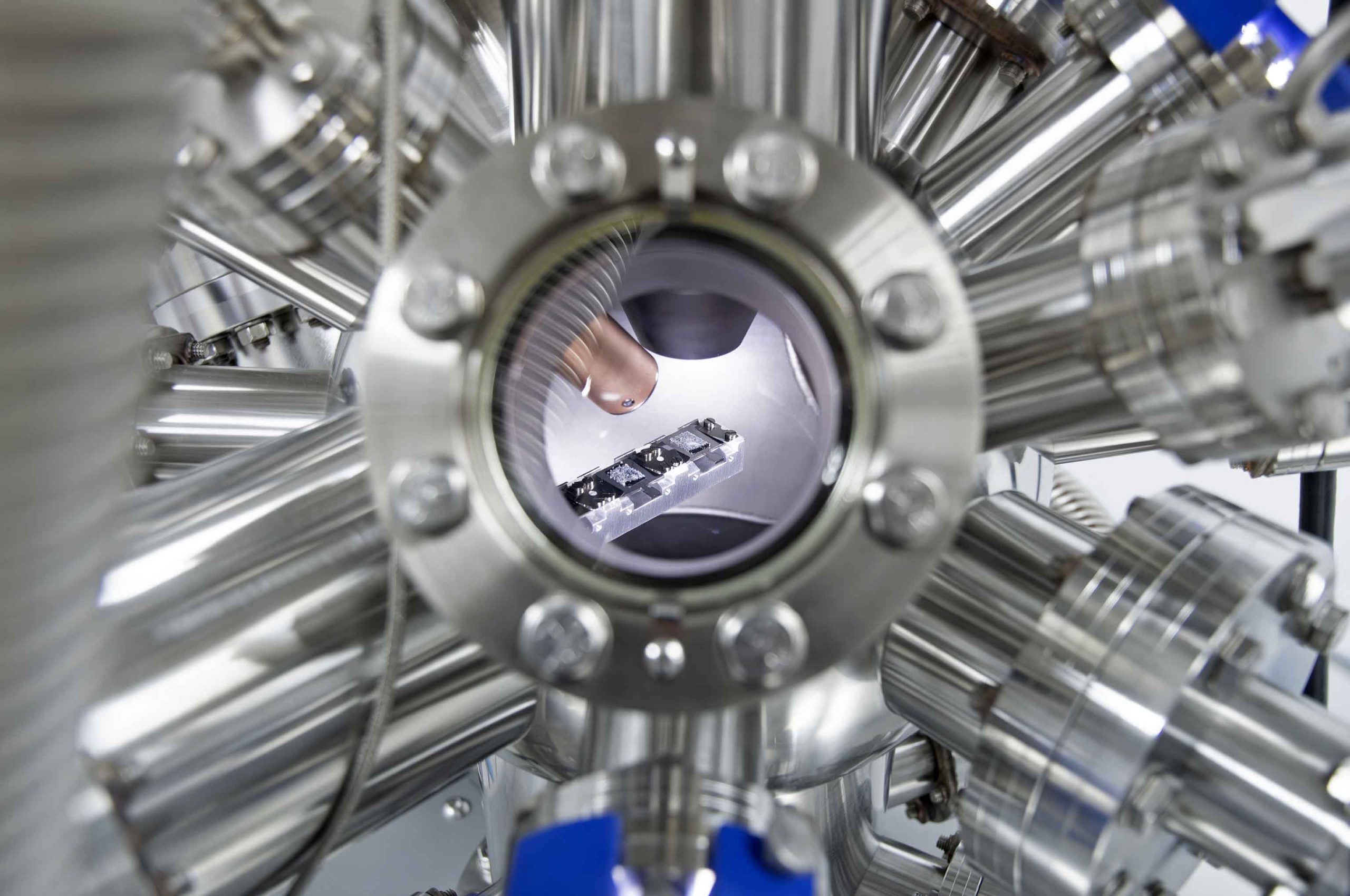
Our mission is the continuous pursuit of knowledge and a deeper understanding of nature, with a particular focus on the fields of Physics and Astrophysics.
We seek to inspire curiosity and foster excellence in research, education, and service to society. Our goal is to train scientists equipped with the skills, critical thinking, scientific ethics, and passion needed to tackle the scientific and technological challenges of the 21st century.
We promote the importance of sharing scientific knowledge and highlight its value to society, advocating for a country where science is an integral part of national development.
We value the diversity of cultures, experiences, and perspectives that enrich both science and our community.
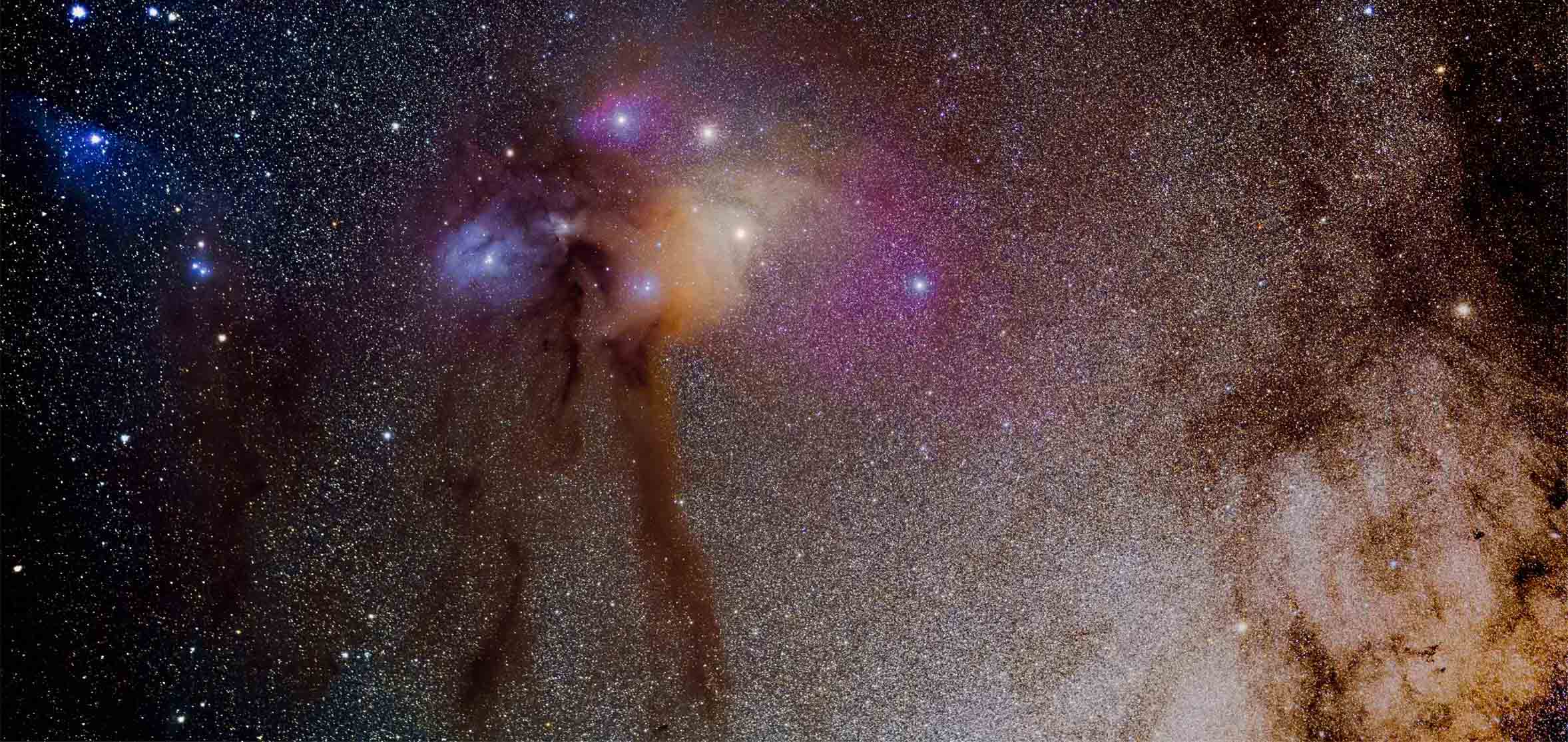
The Faculty of Physics is located on the San Joaquín Campus and spans 6,977 m², encompassing the spaces where our community thrives.
Its infrastructure includes administrative, teaching, and research areas, featuring state-of-the-art physics laboratories and experimental facilities that support world-class science. It also houses high-performance computing clusters designed for complex calculations and multiprocess tasks.
Additionally, the Faculty operates the Teaching Observatory (OUC), which includes a pair of radio telescopes, and the Manuel Foster Observatory—a national heritage site located atop Cerro San Cristóbal (Parquemet).
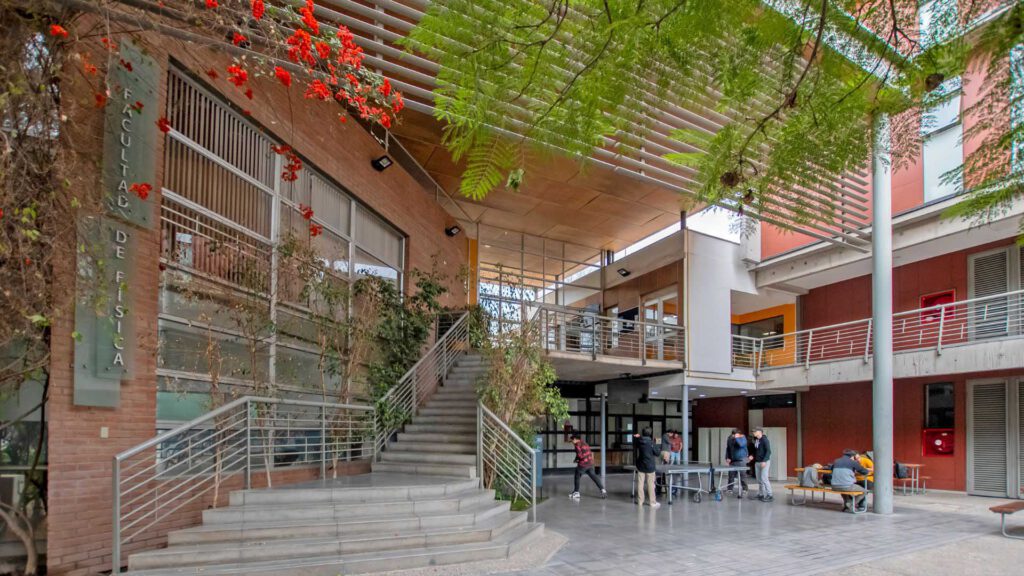
The Faculty of Physics is led by the Dean’s Office and comprises over 50 faculty members, 40 administrative and professional staff, and approximately 600 undergraduate and graduate students.
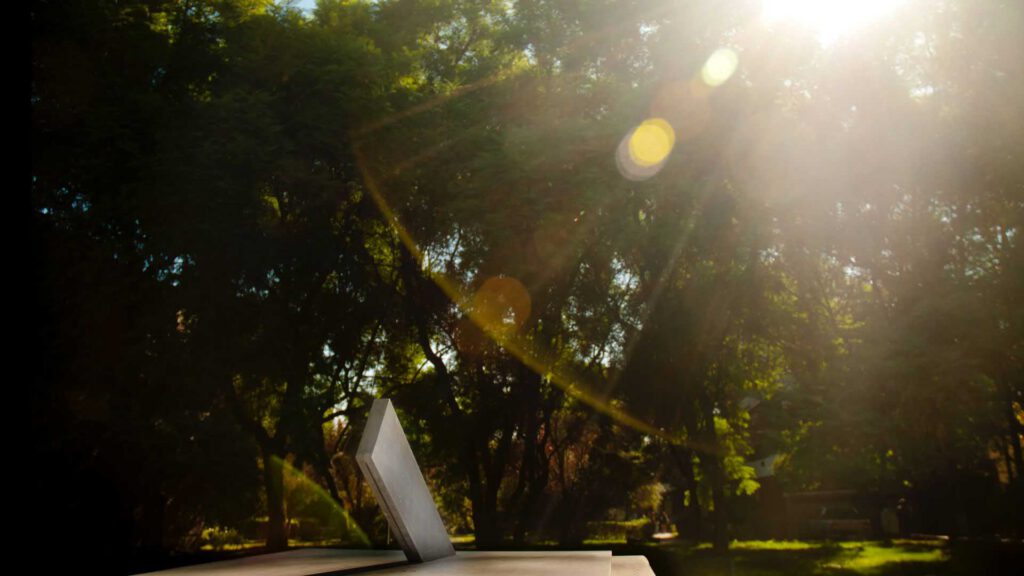
The sundial at the center of the courtyard is one of the iconic symbols of the Faculty of Physics community.
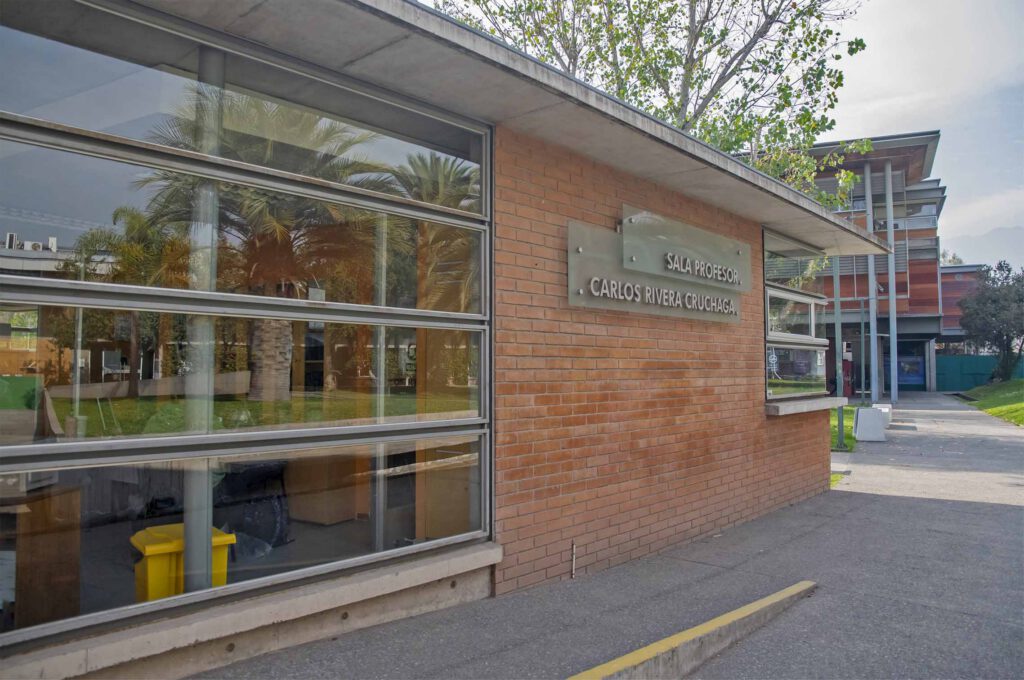
The Professor Carlos Rivera Cruchaga Study Room is reserved exclusively for the academic activities of undergraduate students in our Faculty. It offers spaces for group work, two silent study rooms, and workstations equipped with Linux-based computers.
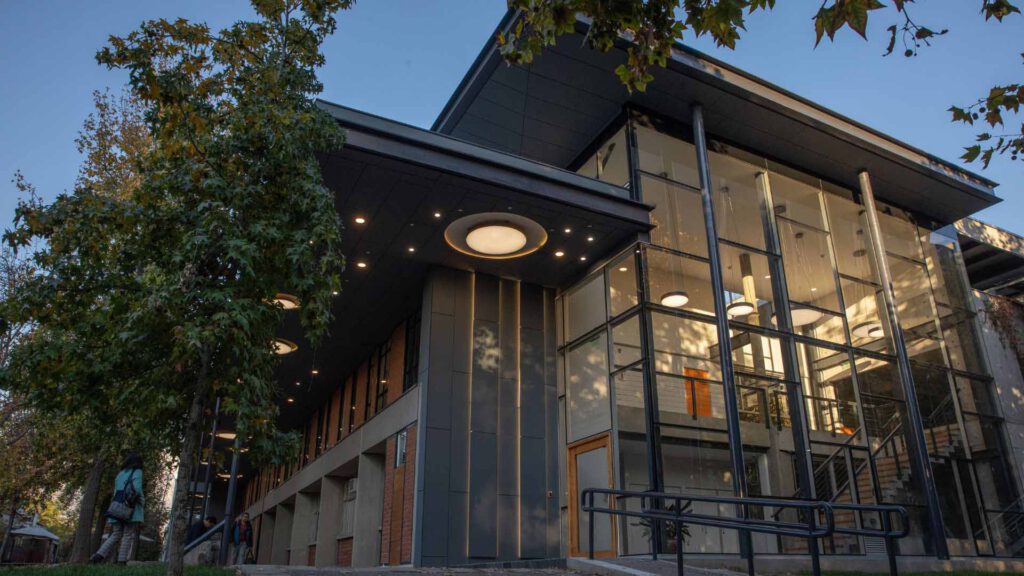
The Institute of Astrophysics building houses offices for faculty, administrative staff, students, and postdoctoral researchers, as well as theadministrative headquarters of the BASAL CATA Project and the Millennium Institute of Astrophysics (MAS). It also features a remote observation room that allows users to connect with observatories in northern Chile and operate as if they were on site.
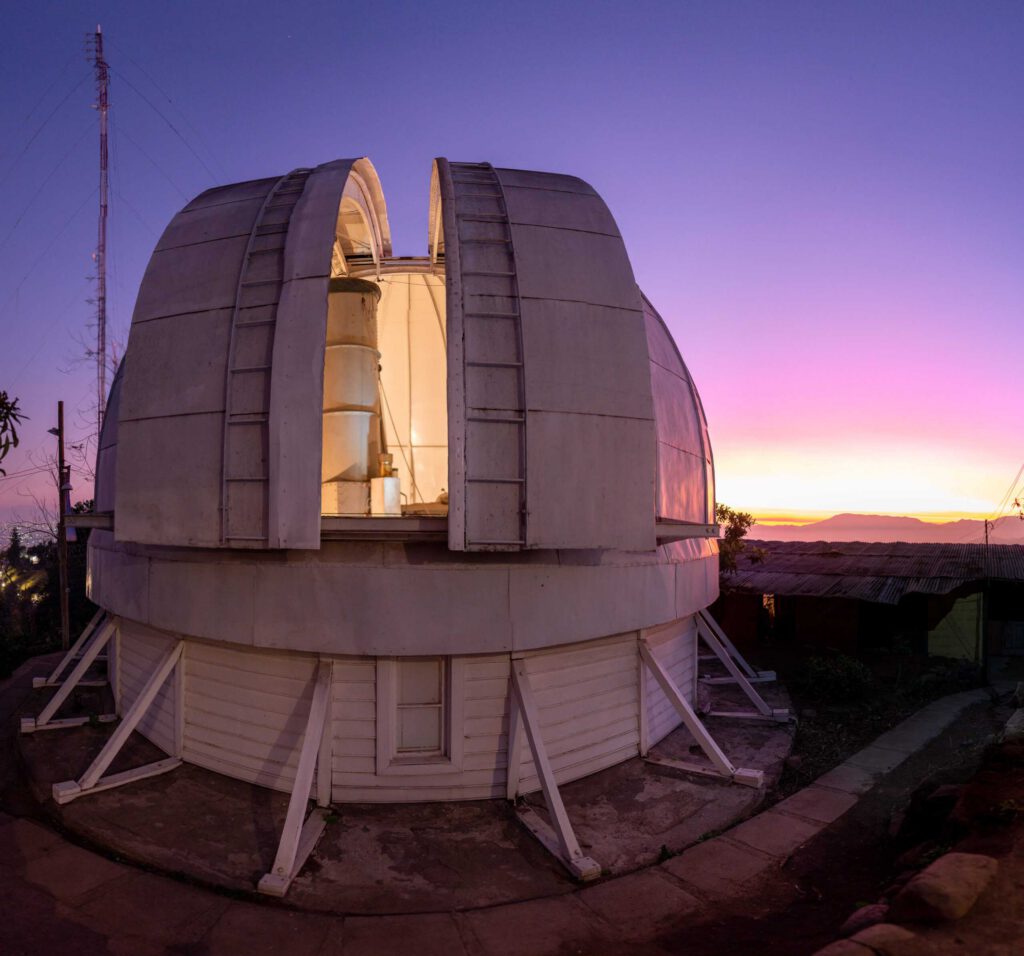
In 2010, the Manuel Foster Historic Observatory was designated a National Monument in the Historic Monument category, and since 2024, it has also been part of the Chilean Museum Network.
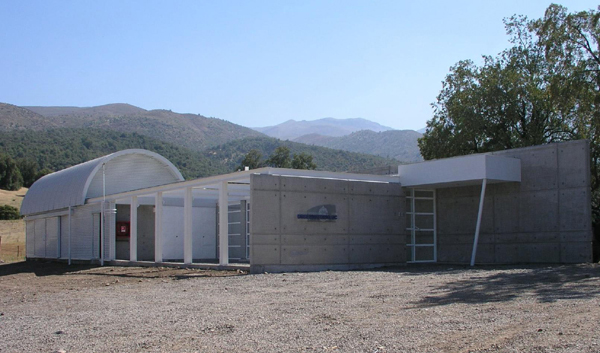
The OUC is equipped with a 50 cm telescope donated by the European Southern Observatory (ESO), a 40 cm telescope donated by the Cerro Tololo Inter-American Observatory, and two additional telescopes acquired with funding from the Institute of Astrophysics and support from the Pontifical Catholic University of Chile.
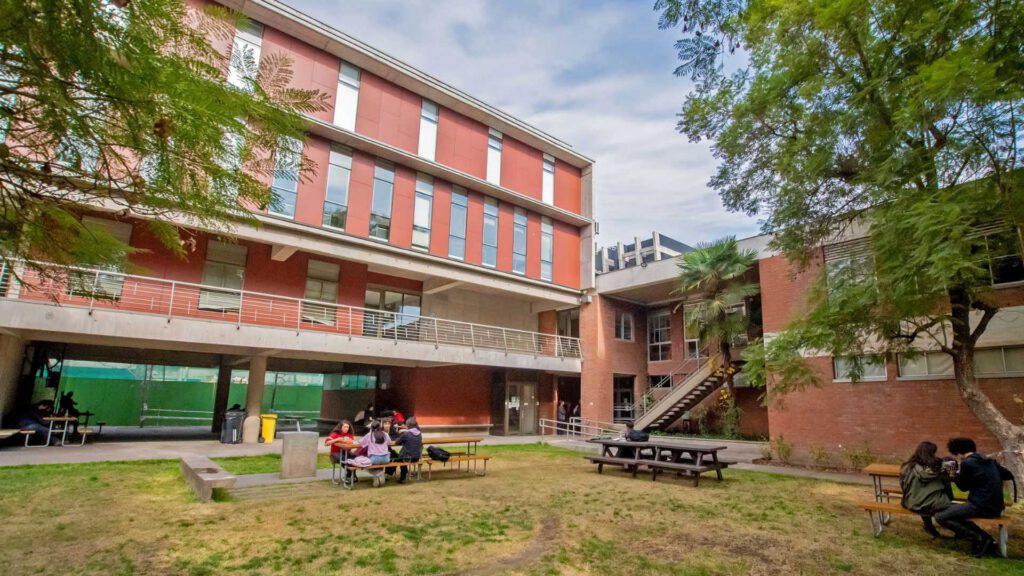
The Institute of Physics building hosts offices for faculty, administrative staff, students, and postdoctoral researchers. It also also features more than 20 experimental physics laboratories.
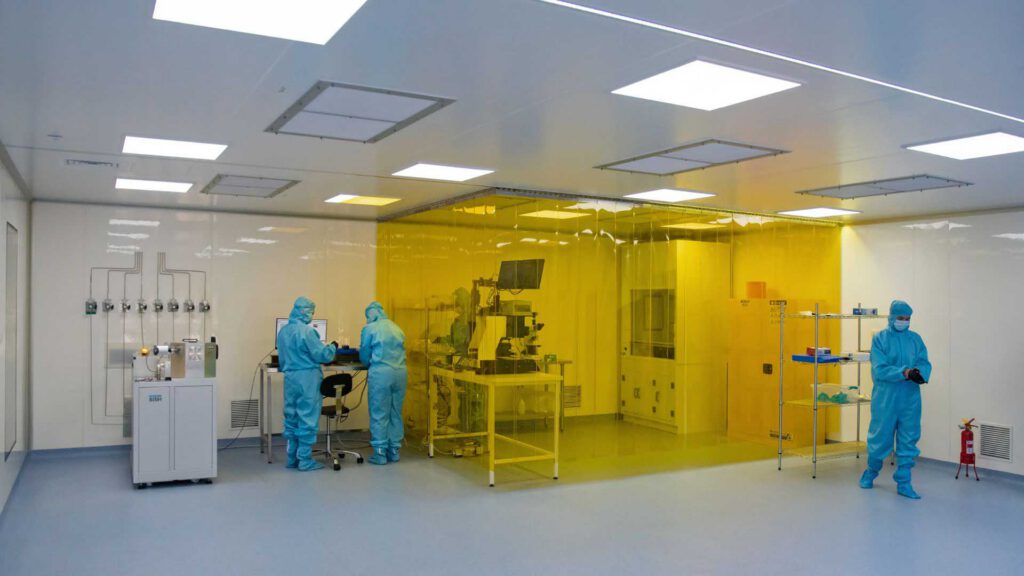
This pioneering infrastructure in Latin America provides students—starting at the undergraduate level—with access cutting-edge technology and equipment for nano- and microfabrication of devices.
The Faculty of Physics’ educational project supports students throughout the different stages of their academic journey, offering undergraduate degrees, master’s programs, and doctoral studies.
Saint Albert Magno is the Patron of the Faculty of Physics. He lived during the 13th century and belonged to the Dominican Order.
He was a priest and bishop of Cologne and Regensburg.
He taught at the University of Paris and was a renowned geographer, astronomer, physicist, chemist, and theologian. He was called “The Great” for his remarkable wisdom, humility, and simplicity.
He was declared a Doctor of the Church in 1931.
